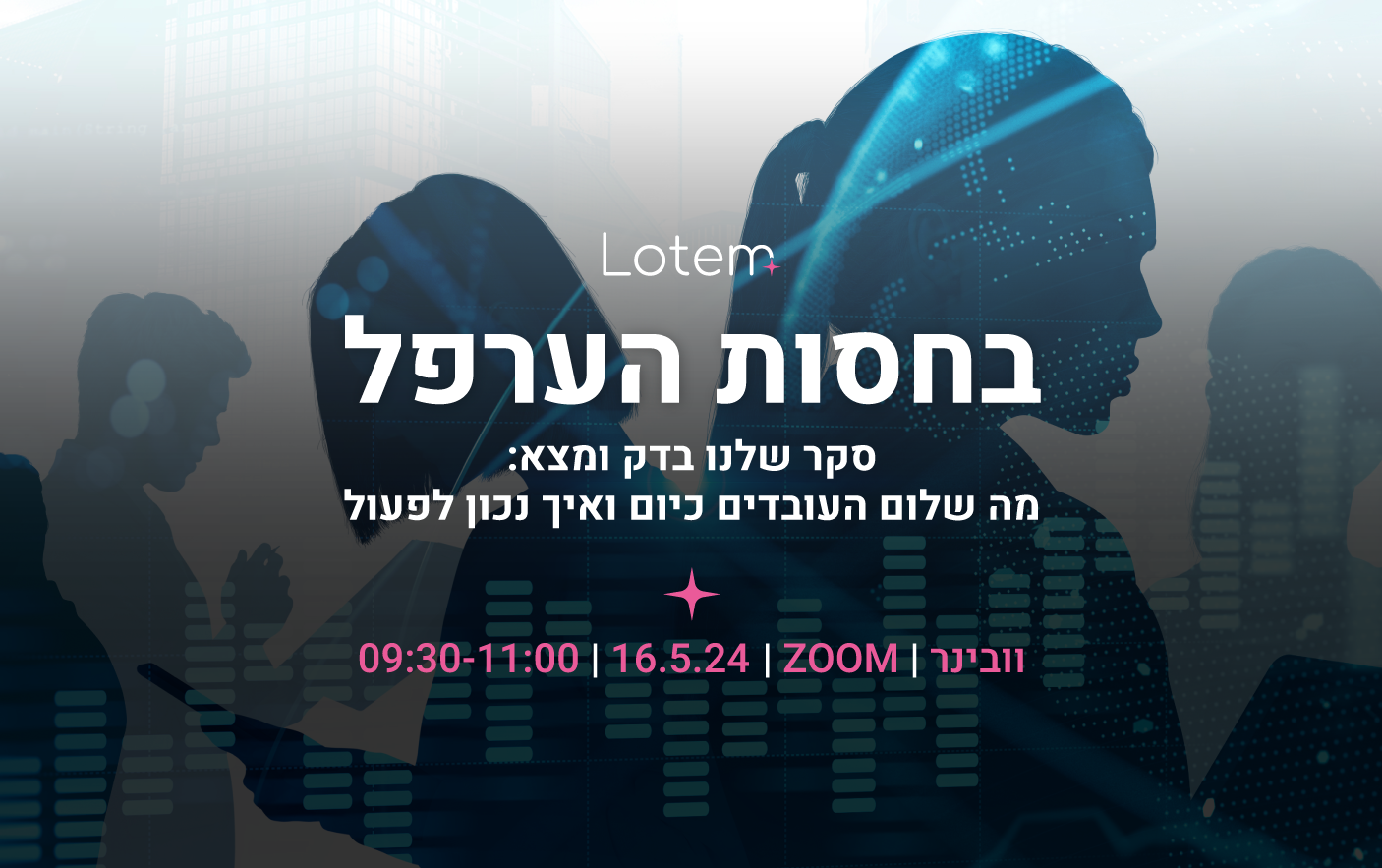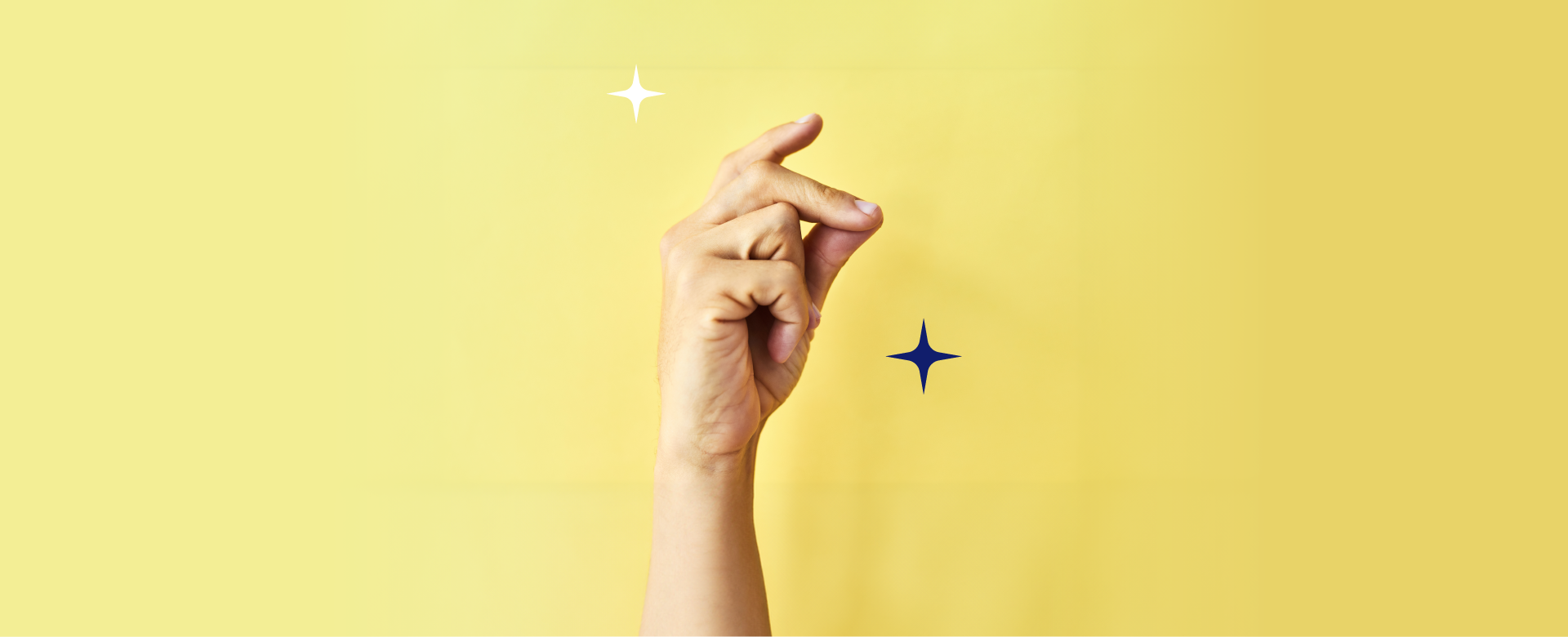Blog
!It's a VUCA world
*This post was inspired by Prof. Orly Yehezkel’s lecture.
The 21st century has brought about a new way of living and working: technological advancements like digitization, IoT (Internet of Things)and artificial intelligence are developing at a rapid pace, influencing the way we work, communicate, shop and manage our companies as well as our employees. These trends are also changing the way organizations are born, run and structured. Whole industries are changing and the ones that don’t "get with the transition" slowly fade away. We can take a look at the banking industry that is shifting to direct models of interface with the customer – taking loans, transferring money and even ordering a cheque book is all done at the tip of the finger through a mobile app, replacing the traditional face-to-face encounters with the teller. This in turn shapes consumer expectations and the demand is now for faster, easier, 24/7 services that cost less. In the graph below we can see the rapid influence technological advancements have on our lives, we are the hyper-change era emphasized in the image.

We can also look at the hotel industry or the taxi-transportation field that have been disrupted by the rising of companies like Airbnb and Gett/Uber. These companies have brought about a whole new concept where by every-day folk, like you and me, compete with hotel chains and licensed taxi-drivers over clients looking for the perfect accommodation for their next vacation or the quickest way to get home from work.
The rise of these companies and the growing impact of digitization are just a few examples of the world we are living in and the new reality organizations, mainly large corporations, have to face – this reality, also known as VUCA, requires a new, fresh look and approach to the way we operate, make money, hire employees, interact with customers and much more.
Originating in the 1990's from military vocabulary,VUCA describes the forces, trends and new conditions characterizing the world we live in today:
V = Volatility. The nature and dynamics of change, its speed, force and catalysts.
U = Uncertainty. The lack of predictability, the prospects for surprise, and the sense of awareness and understanding of issues and events.
C = Complexity. The multiplex of forces, the confounding of issues, no cause-and-effect chain and confusion that surround an organization.
A = Ambiguity. The haziness of reality, the potential for misreads, and the mixed meanings of conditions; cause-and-effect confusion.
What does all this mean? This new reality is relevant to organizations today as it effects the way people view the conditions under which they make decisions, plan forward, manage risks, foster change and solve problems.
Reflecting on VUCA in the organizational world, long-term "heavy" strategies no longer serve the purpose they are meant to and organizations need to be nimble and agile in the way they perform, deliver and maintain market share in today's ever-changing world. Managers today have to return "back to the basics" and put more emphasis on execution versus delegation. The rate a project or task is planned and executed is multiplied at least by 10, critical interfaces have no longer the luxury to procrastinate and perfectionism has lost its legitimacy. That said, heavy duty industries as well as industries that require high levels of expertise can incorporate changes by better integrating their teams and adopting new managerial methods to keep up to pace.
Small startups that are below the radar today become giant unicorns that take over market share tomorrow whilst changing business models and "educating" consumers to demand a "here and now" service. Companies that last are those who are quick to respond and adapt.
What can your organization do to keep on track?
- Change your perception of reaching a "comfort zone" and staying there and replace with a “always on our feet” mind-set
- Expand your perception and research of competitors, contributors
- Strengthen interfaces within the organization to leverage execution
- Be a magnet for talent – that is the most import asset of a VUCA world
- Learn from other industries, widen your horizon of thinking
- Incorporate innovation in product, HR, strategic thinking and alliances.
It's a VUCA world and that's a given, now how do you fit in?
Written by Maya Epstein.
*Maya Epstein is an Organizational Developer in Lotem.




